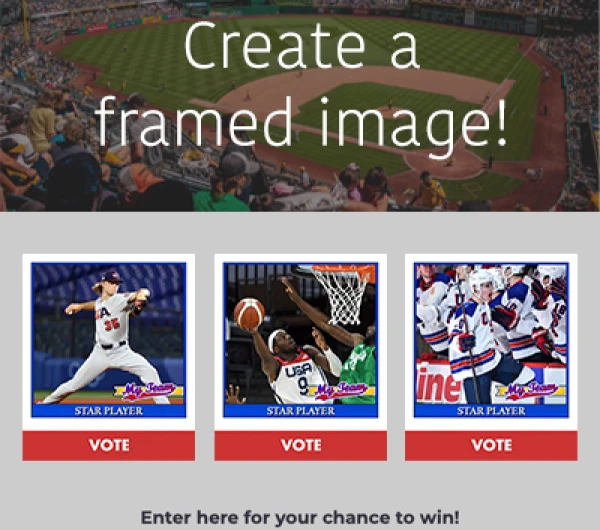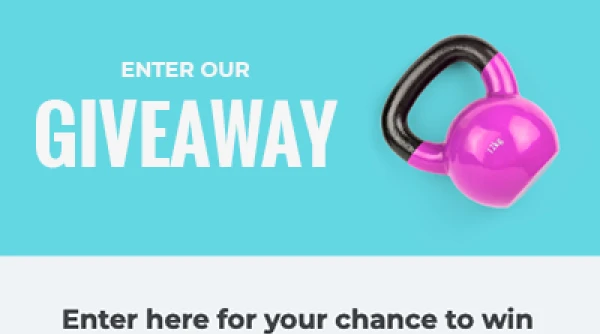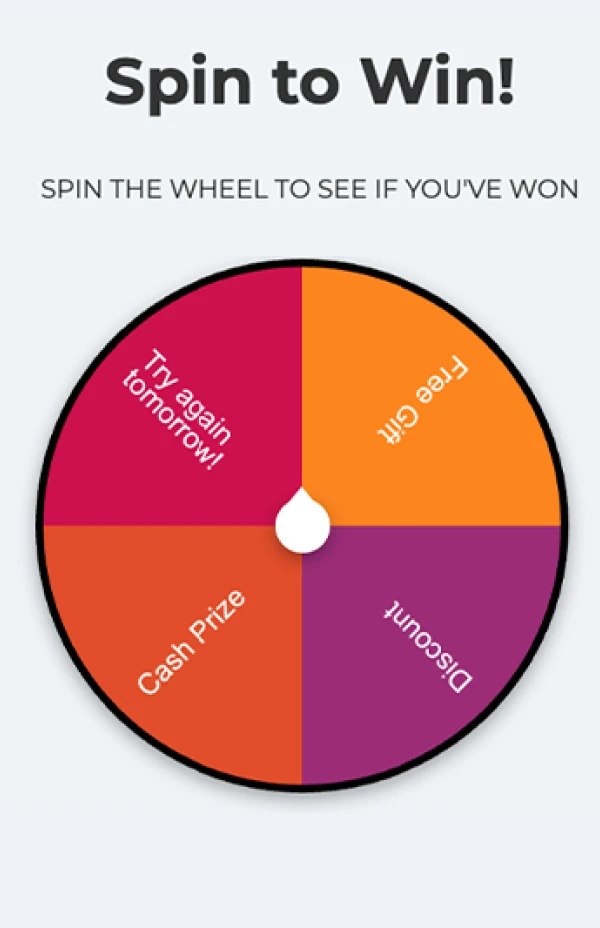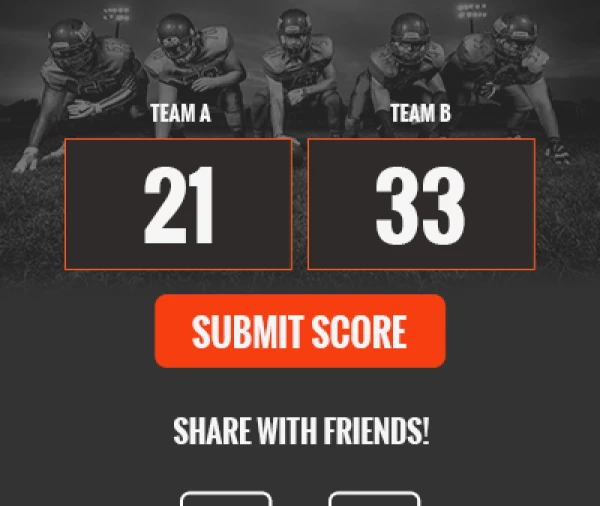5 Types of Marketing Data You Should Collect as Well as Email Addresses
This content discusses the importance of collecting marketing data, including email addresses, product preferences, communication preferences, interests, problems, and qualifying information.
Are you using lead generation tactics such as contests and giveaways to collect email addresses?Studies show that 85% of people that interact on the internet use email as a method of communication.Collecting email addresses enables you to extend the conversation with a website visitor beyond the first interaction. Helping you turn prospects into leads and leads into customers using email marketing campaigns.But is an email address enough? What other data should you be collecting from prospects to aid the effectiveness of your marketing activity?The more marketing data you collect, the more you can personalize your communication with prospects. Personalization is a key ingredient to engagement and the likelihood of a conversion.
The data collection balancing act
If you ask for too many data points, you will reduce your conversion rate and miss out on leads. But if you don’t ask for enough, the leads you collect may be low quality.Below is a list of five types of marketing data you should consider collecting as well as a prospect’s email address. This isn’t all the data you could collect, but it’s a starting point.How you collect this data is up to you, but I recommend reducing friction on the first interaction by asking for one or two elements - the email is most important. From there, you can collect other data points with an interactive follow up email sequence.In saying that, the more data you can gather on the first interaction, without reducing your conversion rate, the better. You can optimize the process with tests.Let’s dive into the other types of marketing data you can collect as well as emails.
#1. Product preferences
Understanding your potential customers’ preferences for products can significantly improve your average order value and conversion rates. Someone’s product preferences may be something as simple as the product categories they are most likely to buy. Or, this data could be even more granular, such as their size, color preference, and other feature choices.Let’s say you’re an online shoe retailer. Imagine you could send an automated alert to a customer when their favorite style of shoe is low in stock and discounted? This is compelling marketing. Of course, the alternative is to run a standardized sale across all products, an approach that lacks personalization and is less likely to catch your customers’ eyes.So, how do you capture data about product preferences? You may be thinking that someone needs to make a purchase so you can start collating data about their preferences. But there are other data points you can get much earlier in your relationship with someone. For example, the pages they visit on your website and the ads they click can tell you a lot about what they are interested in. You could also run product or preference-focused surveys to segment your audience based on key criteria.An interesting tactic at the very top of the funnel for determining product preferences is to use a “Pick a prize” or “Wishlist” giveaway. By choosing the products they want to win in your giveaway, you learn about your customers’ preferences. Below is an example of a wishlist contest from The Grainfather:

A wishlist giveaway for collecting product preferencesView and Create Your Own
#2. Communication preferences
Isn’t it frustrating when you interact with a new brand, give them your email address, and then all of a sudden receive an email every other day? Many of which feel irrelevant?Unfortunately, this is extremely common and something that can be avoided.For some, these follow up emails are exactly what they are looking for. But for others, they prefer to get less frequent emails. Or maybe they don’t like receiving emails at all, but would be happy to hear from you via text message or another channel.If you can gather the communication preferences of your audience, it will reduce the chance of someone getting irritated or losing trust for your brand. Getting these preferences may be something you do in the first interaction on your website, or maybe it’s in the first email you send a new prospect after they sign up. All you need to do is pre-determine a set of communication preferences such as channels, frequency, and content type - then ask each individual what works for them.By giving them this choice upfront, you reduce the chance of a push back about communication type or frequency and increase engagement by communicating in a way that suits your customers.
#3. Interests
What are your customers interested in other than the products or services you offer?Understanding the interests of your customers can help you create a more accurate definition of your ideal buyer. You may find that your highest paying customers; for example, all share similar interests.Perhaps you sell road bikes, and your top customers also love coffee, hikes, or camping. This information will allow you to tailor your marketing strategy so that it aligns with these interests. You can use this data to better target your ad campaigns on Facebook, Google, and other platforms that include interest targeting parameters.To gather interest-related data, consider running surveys, monitoring website activity, or using data analytics tools such as Facebook Insights or Google Analytics. Here is an example of the “Interests Overview” report provided for a pet website in Google Analytics:

Interest data from Google AnalyticsInterestingly, while “Pets” is a dominant interest category for this audience, as expected, other interests are also prominent such as Arts & Entertainment and Women’s Apparel.
#4. Problems
We often make assumptions about the problems our customers face and how they relate to the products or services we sell.How much do you really know about why your customers buy your products?Let’s say you sell notebooks. What are your customers using those notebooks for?Based on the demographics of the customer and style of the notebook they buy, you could make assumptions about what they will use the notebook for. But without asking them directly, you won’t know the true driving force behind the purchase.For example, the majority of people who buy your notebooks may be females aged 35-45. But are they buying those notebooks for personal use? For study? For architectural drawings? For to-do lists? Or maybe it’s for their children?All of these reasons are associated with very different problems they face and would require different marketing messages.The best way to determine the problems your customers face, and subsequently, the problems you help them solve, is to ask. A simple customer survey could give you some robust problem-based data.Warby Parker uses a quiz to uncover their customers’ preferences, problems, and then recommends an ideal product solution. The second question in the quiz, after asking me to select a gender, is whether or not I currently wear glasses or not. This is a simple question with big implications for the message they show next and the recommendations they put forward.

Warby Parker product quiz as an example of collecting marketing data
#5. Qualifying Information
Depending on your business, you will require different qualifying information to distinguish a quality lead from a time-waster. For B2B organizations, this is critical business information such as sales revenue, number of employees, locations, etc. For B2C companies, qualifying information may be simply related to buying power and product preferences.Whatever information it is you need to qualify your customers, try to capture it as early as possible before offering them something irrelevant or out of their reach. For example, would you try to sell a dog bowl to someone who doesn’t own a dog? Would you pitch a 15-seat SaaS application to a small business owner with no staff?When first capturing a prospect’s contact information, you can gather qualifying information, too. A great way to do this is with interactive form elements that step them through a process, capturing more and more data at each step. You should aim to capture their email address as early in the process as possible, so if they drop off, you can follow up.See how comparison website, iSelect, does this in the form below.Their first question is “What can we help you with today?” because they have a range of industries they compare plans for.

A comparison website collecting qualifying informationAfter choosing “Car Insurance,” the questions progressively got more specific and personal to my situation so that I could get a tailored quote.

After the qualifying information has been selectedSeeing this is a comparison website, I’m eager to enter the information they want so that I can find what I’m looking for. At each step in the process, they are capturing vital information about my product preferences and further qualifying me as a buyer. Before gaining access to the full comparison details, after already entering all my preferences, they ask for my email address.
Conclusion
We are generating more data than ever, and it’s having a significant impact on brands across the globe.How you collect, collate, segment, and utilize marketing data from customers is critical to the long-term success of your business.Brands that better harness data and technology to create personalized customer experiences will gain a competitive advantage. Winning the race for attention and sustainable growth. Are you collecting all the data you should be?
About the author
Will Blunt is the founder of Sidekick Digital by Will Blunt - B2B Marketing Expert - Sidekick Digital, a publishing business that launches, manages, and grows brands with content marketing.
Recent posts
Go back to blogGet marketing tips straight to your inbox
Launch an irresistible giveaway. Get started for free.
Join 630.000+ marketers that are boosting engagement and sales.













